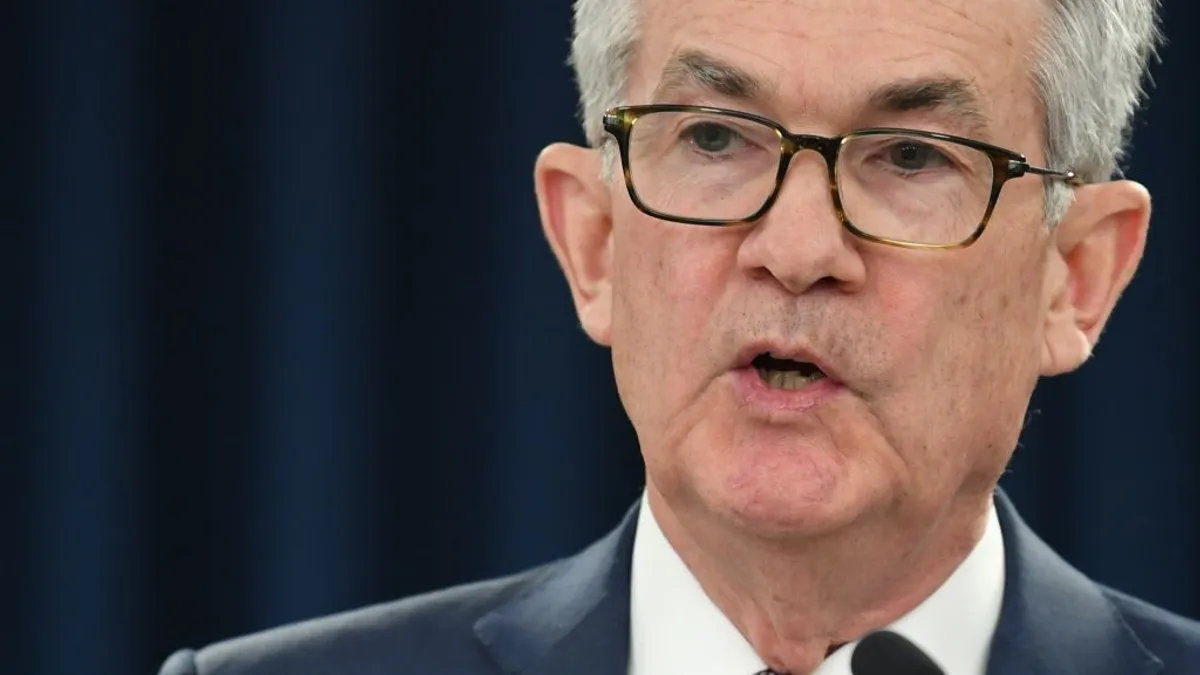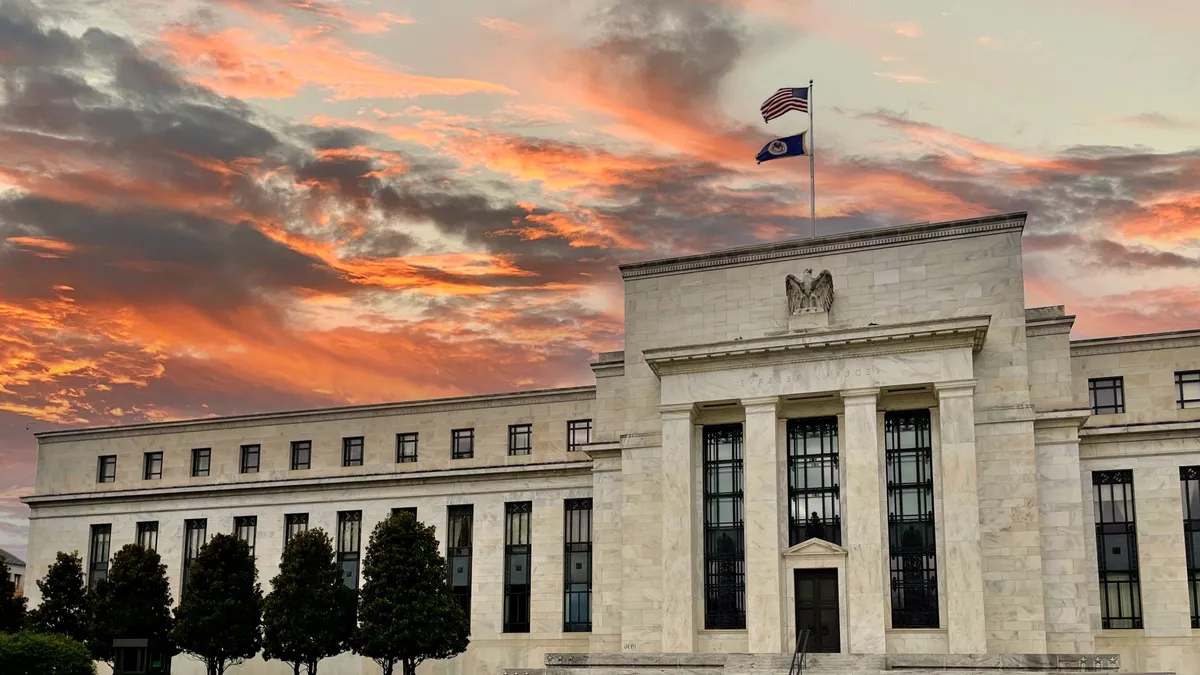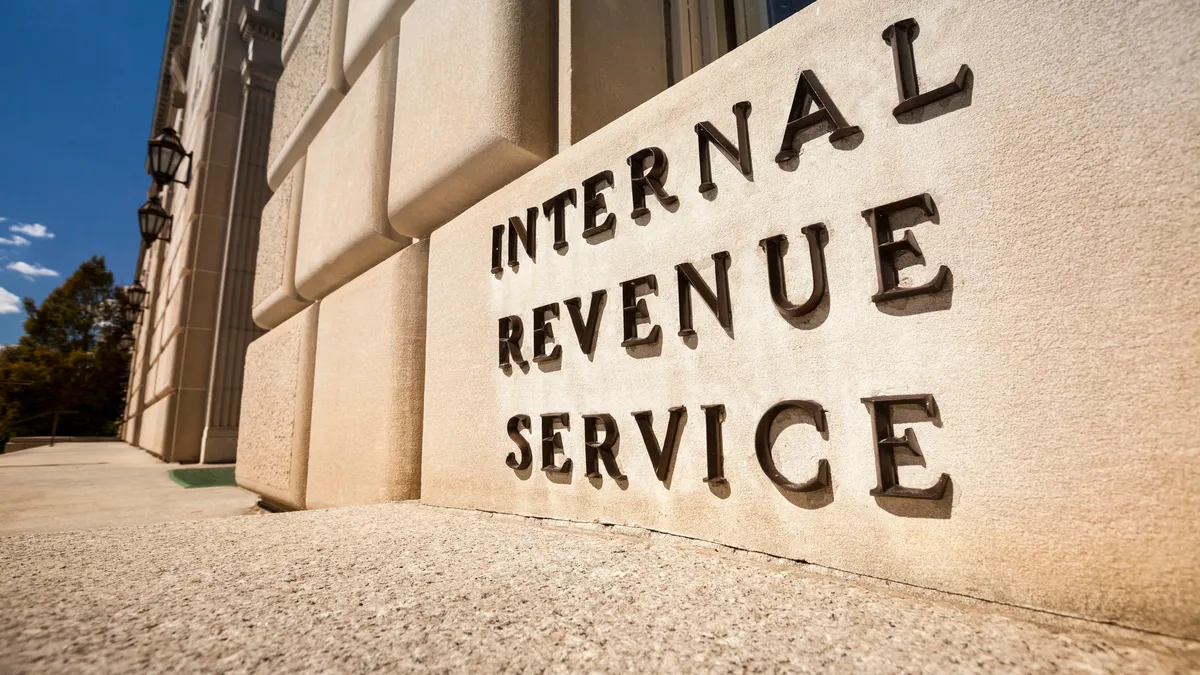U.S. regulators since 2017 have set deadlines, stepped up oversight and threatened penalties in an effort to persuade financial institutions to phase out the London Interbank Offered Rate (LIBOR), the reference rate for more than $200 trillion in mortgages, derivatives, business loans and other financial contracts worldwide.
Their goal: transition contracts to the Secured Overnight Financing Rate (SOFR).
The result: very little — until recently.
The outlook for the adoption of SOFR brightened on July 29 when the benchmark’s forward-looking term structure gained an endorsement from the Alternative Reference Rates Committee (ARRC), a panel of banks, insurers and asset managers convened by the New York Federal Reserve.
ARRC acted after steady growth in the market for derivatives linked to SOFR. The number of open interest SOFR futures contracts hit a record high of 847,000 at the end of July, and the average daily volume of contracts traded rose 221% during the month compared with July 2020, according to CME Group, the operator of a derivatives exchange.
“There is momentum there, which is something that the entire transition has really been lacking,” according to Amanda Breslin, managing director of treasury advisory at Chatham Financial, a financial risk adviser. “We’re starting to see real momentum. Not a perfect solution, but real momentum.”
Robust trading in SOFR futures provides data for CME to derive forward-looking term rates for financial contracts linked to SOFR. The absence of term rates had dimmed the appeal of SOFR compared with LIBOR, which can be forecast three, six and 12 months into the future.
“Finally, the availability of ARRC-recommended, forward-looking SOFR term rate marks the achievement of a major milestone in the transition away from LIBOR,” according to PwC. “Term SOFR had long been desired by a segment of the market keen on operational ease.”
Corporate treasurers and financial institutions have delayed switching to SOFR because it lacks some of LIBOR’s appealing traits.
The LIBOR rate, as an estimate of borrowing costs among banks, reflects credit risks. SOFR does not reflect credit risk and, because it is based on transactions in the Treasury repurchase market, does not in itself facilitate the creation of a term structure enabling corporate treasurers and financial institutions to make forward-looking rate calculations.
With a SOFR term rate now available at the start of an interest rate period, the benchmark can operate in ways similar to LIBOR, PwC said, predicting that SOFR, a secured rate, will become more appealing than credit-sensitive reference rates that can also substitute for LIBOR.
“With a growing chorus of regulators cautioning against the use of credit-sensitive rates, we can expect institutions concerned about possible regulatory scrutiny to look toward Term SOFR instead,” PwC said.
The Bloomberg Short Term Bank Yield Index (BSBY) and American Interbank Offered Rate (Ameribor) are credit-sensitive rates under consideration as substitutes for LIBOR, especially for corporate loans.
Regulators have promoted SOFR as the sole reference rate for use in capital markets and derivatives contracts while saying they will allow the use of other benchmarks as well for financial contracts like loans.
Remaining SOFR challenges
The Fed, ARRC and other SOFR adoption advocates still face big challenges, analysts said. Despite recent progress, SOFR has far to go before becoming the dominant reference rate in financing and derivatives markets.
Also, limited time remains for an orderly end to LIBOR. The Fed has told banks not to use LIBOR in financial contracts after Dec. 31. The final fixings for most LIBOR rates — including one-week and two-month U.S. dollar LIBOR — will be made on Dec. 31, 2021. Other U.S. dollar tenors may continue until June 30, 2023.
With LIBOR’s end approaching, the Fed, U.S. Treasury, Securities and Exchange Commission (SEC) and other U.S. regulators have grown more vocal in their effort to speed a smooth transition.
Finally, many financial institutions recognize the appeal of SOFR and the imperative to phase out LIBOR, yet have not built support for the new benchmark rate among their clients.
Sixty-three percent of corporate treasurers say their lenders have not taken a stance on which replacement rate they will use in post-LIBOR debt agreements, according to a June survey by Chatham Financial of 100 treasurers across a range of industries.
Although that percentage has probably increased since June, many “end users” of reference rates have probably not settled on a path for transition away from LIBOR, Breslin said.
“I don’t know that the end users have the confidence yet to say, ‘I know where the market is going, I’m confident in the instruments that I’m transacting in and I’m comfortable with the spreads that I’m getting,’” she said.
Business lending and securitizations need to speed the switch to LIBOR alternatives, the Financial Stability Board (FSB) said last month, warning of the risk of financial instability.
“The business loan market has been especially slow to begin transition” from LIBOR to a new benchmark rate, according to the FSB, a monitoring body that includes the Group of 20 nations and European Commission.
“Most banks are continuing to offer LIBOR as the primary or only floating-rate business loan option,” the FSB said, adding that “borrowers report that lenders have provided them with limited information about LIBOR alternatives.”























